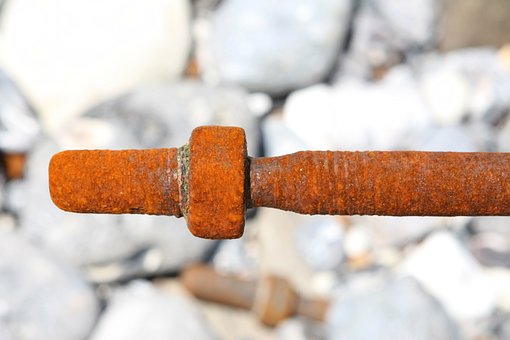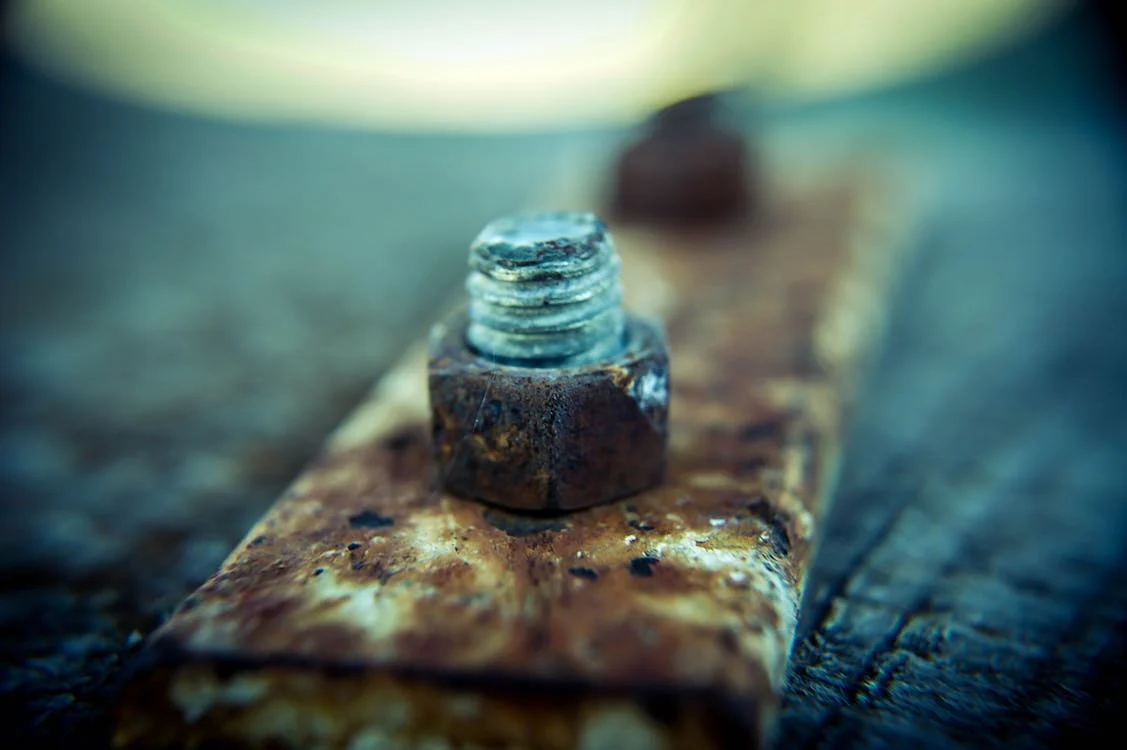Rust is the enemy of all mechanics. It’s always showing up when we least expect it and can cause serious problems if we’re not careful. One of the most annoying rust problems is dealing with rusted screws. These little suckers are tough to remove, and if you’re not careful, you can damage the surface around them. In this blog post, we’ll show you how to remove a rusted screw without damaging anything else in the process.

First Method
you need to do is gather your materials. You’ll need a screwdriver that fits the screw snugly, some WD-40 or another lubricant, and a can of Rust-Oleum paint. If the rusted screw is in a hard-to-reach place, you may also need a pair of needle-nose pliers.
Once you have your materials, it’s time to get started. The first method is to simply try unscrewing the screw with the screwdriver. Apply pressure to the handle of the screwdriver and turn it counterclockwise. If the rust is not too bad, this should loosen the screw enough for you to remove it by hand. If the rust is really bad, you may need to use a little force. Be careful not to strip the head of the screw. If the first method doesn’t work, or if you’re dealing with a really stubborn screw, it’s time to move on.
Method Two
In this method, you’ll be using WD-40 or another lubricant to help loosen the screw. Spray the lubricant onto the rusted screw and let it sit for a few minutes. This will help break down the rust and make it easier to remove. After a few minutes, try unscrewing the screw with your screwdriver again. If it’s still not budging, move on to method three.
Method Three.
is similar to method two, but instead of using a lubricant, you’ll be using Rust-Oleum paint. First, unscrew the cap from the Rust-Oleum can and insert the screwdriver into the opening. Next, press down on the screwdriver to release some of the paint onto the rusted screw. The paint will act as a lubricant and help break down the rust. Let the paint sit for a few minutes before trying to remove the screw again.
If none of these methods work, or if you’re dealing with a really stubborn screw, it’s time to move on.
Method Four
In this method, you’ll be using needle-nose pliers to grip the head of the screw and twist it out. This may damage the head of the screw, but it’s usually the only way to remove a really stubborn screw.
Method Five
is similar to method four, but instead of using needle-nose pliers, you’ll be using a power drill. First, make sure that the drill bit is the same size as the screw. Next, grip the drill with both hands and put the tip of the bit on the head of the screw. Slowly start the drill and apply pressure as you go. The goal here is to essentially twist the screw out with the drill. This may take a few tries, so be patient.
If you’ve tried all of these methods and you’re still having trouble removing the rusted screw, it’s time to call a professional. There are a number of companies that specialize in removing rusted screws, and they’ll have the tools and experience to get the job done right.
We hope this blog post has been helpful. If you have any tips for removing rusted screws, be sure to share them in the comments!
Conclusion:
Rust is always showing up when we least expect it and can cause serious problems if we’re not careful. One of the most annoying rust problems is dealing with rusted screws. These little suckers are tough to remove, but with the right tools and techniques, they’re no match for you! In this blog post, we’ve shown you how to remove a rusted screw without damaging anything else in the process. So don’t let rust get the best of you—time to get out there and start unscrewing!
You may also like the following:
How to Clean Leather Car Seats
